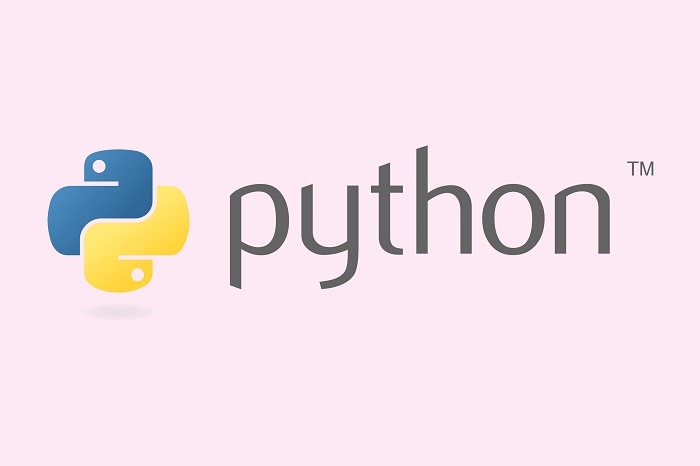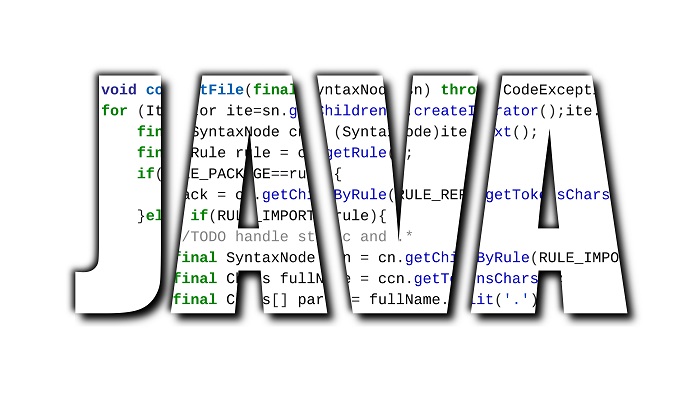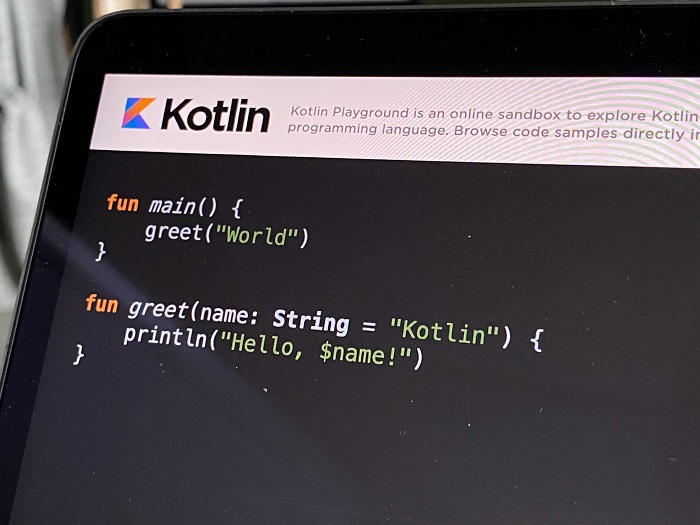The way computer programs have been developed has changed a lot over the last couple of decades. Commencing from Assembly Language, FORTRAN, COBOL to high-level languages like C, C++, Java, and finally modern-day languages like Python, Swift, Rust, and others, the history of programming languages holds a long list to tell.
The trend of programming languages started in the 1950s, and till now, in 70 years, we have a total of more than 700 programming languages used for development in various domains. On average, that’s a century of languages brought into the market each year; one new language every one to two months for the calculations.
Let me ask you a question: How many names of programming languages do you know? 10, 20 or might be even 30 if you have had your fair share of time invested in this sector. What about the rest? Why don’t we remember them?
Currently, around 245 languages are still under some light, more or less in general, and the rest couldn’t win the battle with time, eventually getting pulled back to the dark.
Being a computer science student, one will learn around 6-7 programming languages throughout his or her course. What if the programming language you are investing your time and resources on doesn’t stand sturdy till you get settled in your career?
The best option to choose is the language having a lot of market penetration and a high probability of survival. Here are the top 5 programming languages that have high odds in favor of not leaving you alone.
- Python
With its massive storage of libraries that you can find for any task, IDEs for Python will stick with the developers for the long run. Considered the best for beginners, Python is heavily in use by companies such as Facebook, Twitter, and Pinterest, which further backs their existence.

Apart from general programming, Python also plays a crucial role in AI and ML, IoT, and Data Science. Being easy to learn, having high utility, and expansion in multiple disciplines are the key reasons behind Python being at the top of the list.
2. Java
Java was, is, and will continue to be one of the top programming languages for all software developers and students out there. As you all might agree, it requires no introduction.

With features such as simplicity, security, being platform-independent, and architecturally neutral language, Java is there to stay till the predictable future.
3. Kotlin
The year is 2030. Technology has progressed a lot, and every action of your day-to-day life is one way or the other related to technology. Will you stop using apps on your android smartphones? No!
Till Android smartphones are still a thing on planet earth, developers will use Kotlin to develop apps that we will use in our day-to-day lives.

Developed by JetBrains and released in 2016, Kotlin is a statically typed programming language that is becoming increasingly popular among android app developers throughout the globe. Over the years, Kotlin is expected to reach its peak, creating a massive demand for android app developers knowing this language.
4. Swift
Developed and backed by Apple, Swift is a programming language intended to replace Objective-C: Apple Inc.’s earlier programming language. Released in 2014, the track record of Swift as a programming language is becoming increasingly better, and more and more iOS app developers are now inclined towards using Swift to build their apps.
Since Apple isn’t vanishing anytime soon, learning Swift and develop a career path using this programming language is always a good idea.
5. Go
Developed at and backed by Google, Go is a statically typed and compiled programming language, similar to high-level languages such as C and C++ but with some advanced features. Properties such as increased readability, excellent multithreading support, simplified coding experience, and greater runtime efficiency are pulling coders towards Go.
Released in 2012, Go has steadily caught pace in recent years and has become one of the top choices for web applications, APIs, and web servers. According to the TIOBE Index, Go is the 16th most popular language globally, strongly suggesting that Go is not going anywhere soon.




